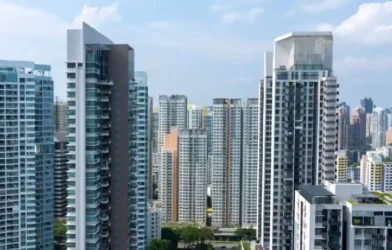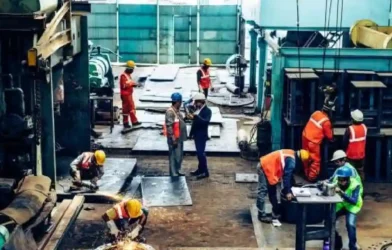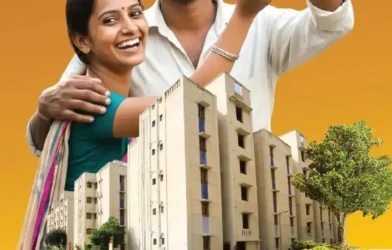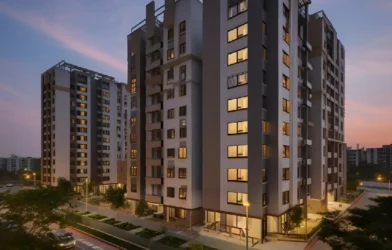Subtotal ₹0.00
Though this year’s budget does not give a significant direct push to real estate, still there are enough triggers by way of CapEX push to infrastructure and affordable housing, besides other policy initiatives to maintain the growth momentum of real estate in the wake of multi-year high sales seen in 2022…….Vinod Behl
The new capital investment outlay of Rs 10 lakh crore with 33% increase , record Rs 79000 allocation under PMAY to achieve the goals of ‘Housing for All’ and Rs 350000 crore outlay for green growth are the major highlights of the budget.The high budgetary allocation for housing will directly boost interest subsidy which is a major contributing factor for pushing demand for affordable housing. This assumes significance as demand for affordable housing has gone down . and because of that the supply has also seen a decline of 50% between 2019 and 2022.
The price- sensitive affordable housing segment had suffered due to rising interest rates and increased prices. The large allocation under PMAY and relief on personal income tax under the new regime will reduce the burden of higher EMIs., in turn pushing demand for affordable housing. Moreover, going forward , there may well be a pause on rising interest rates. In this context, the statement of the RBI governor that interest rates may not remain high for long is equally encouraging and bodes well for real estate in general and affordable housing in particular. .
As infrastructure development and connectivity play a big role in real estate growth, the new CapEX of Rs 10 lakh crore will turn out to be a big growth driver for the real estate sector. Roads and railways will lead the infrastructure growth with a budgetary allocation of Rs 5 trillion and this will provide a mega connectivity push to the growth of real estate sector.
But then this fiscally prudent , progressive and positive budget has fallen short of the real estate sector’s expectations. Talking of housing, especially affordable housing , the budget failed to enlarge the demand scope as it did not address the issue of enhancing the Rs 2 lakh deduction limit on home loan interest to offset the burden of increased EMIs. Similarly, nothing was done to increase the Rs 45 lakh price cap of affordable homes in metro cities. The scaling up of cap could have also given a further push to the supply as developers have been facing the problem of squeezed margins.
Developers are also disappointed that their demand to scale up SWAMIH Fund for speeding up housing project completions was not met. According to industry statistics , at present as many as 4.80 lakh housing units launched in 2014 or before , costing Rs 4.48 lakh crore remain stuck in various stages of development across India. The deployment of additional money for the SWAMIH Fund may well speed up the completion of stalled homes. Revamping the insolvency framework will also aid the project completions at brisk pace. This in turn will help boost the confidence of home buyers and investors.
Beyond the budget, the sector needs bold reform.initiatives. To access cheaper capital , the sector needs infra status that has been eluding it for long. The government needs to further promote ease of doing business with measures like a single window mechanism to reduce the cost of compliance. High GST on building materials like steel and cement should be brought down to make housing further affordable and attractive for both home buyers and investors.Removing GST on affordable housing and tax incentives to developers of affordable housing will go a long way in achieving ‘Housing for All’ . Going ahead, these bold reforms will ensure long term sustainable growth of real estate and further enhance its attractiveness as an asset class for investment.














